Battles, coups, elections and revolutions are what typically come to mind when I think of pivotal moments in national histories. Would you believe that one key event in the history of Siam/Thailand was a full solar eclipse observed at a beach in what is now Prachuap Khiri Khan province? In more ways than one, the 1868 eclipse viewing at Hat Waghor altered the course of Thai history.
Imagine Siam in the 1860s. With no railroads or highways, long-range travel was mostly done by sea and rivers that reached into rice paddies and jungle. Loose-fitting attire was typical, with both men and women often going topless in public. A host of minor kings and rajas sent tribute from semi-autonomous territories — such as Nakhon Si Thammarat and Chiang Mai — to the powerful monarchy in Bangkok. Borders along all of Siam’s frontiers remained ambiguous. The Imperial British had yet to take full control over neighboring Burma and Malaya; and likewise the Imperial French over Vietnam, Cambodia and Laos. Big changes loomed.
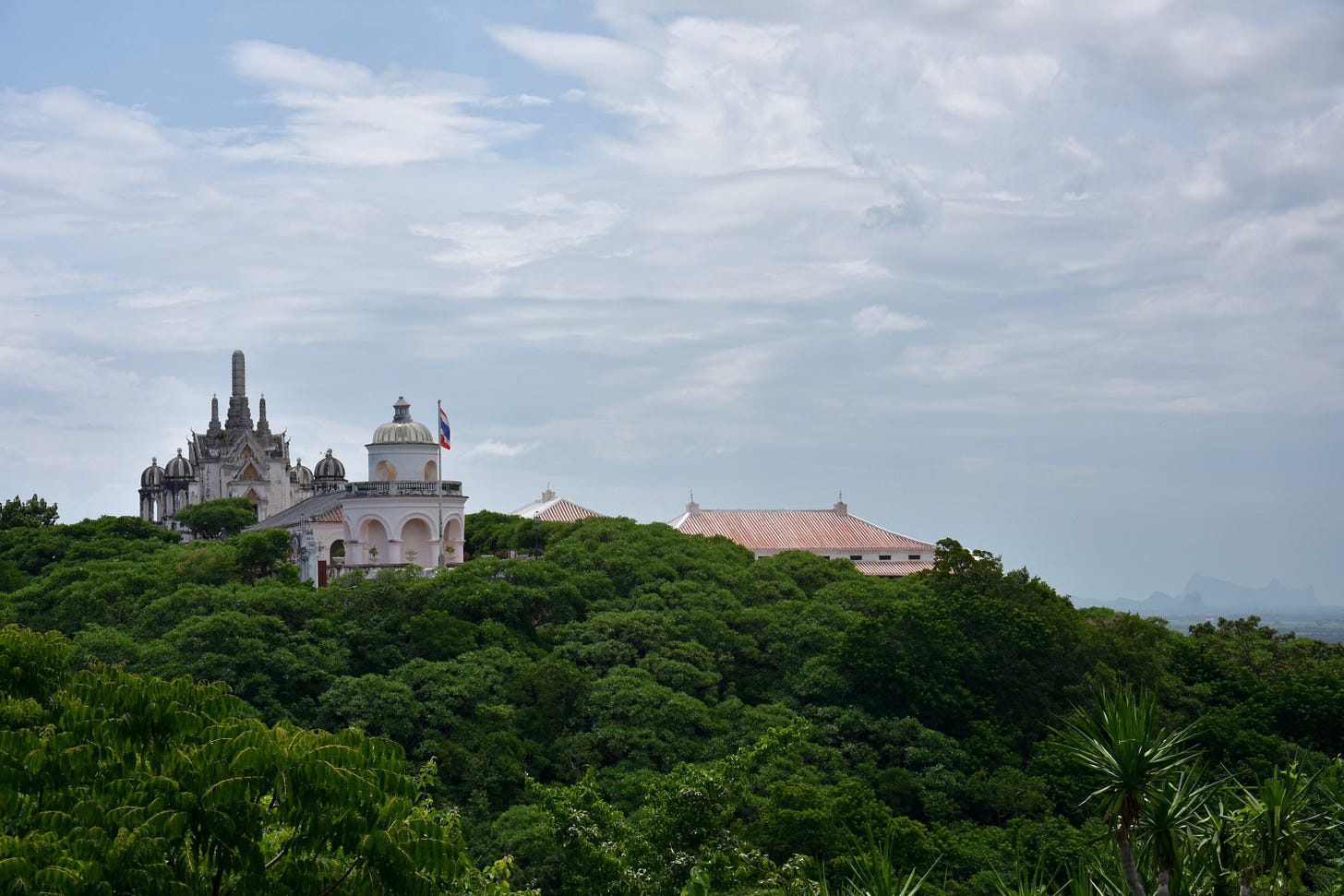
The scientific king
At the helm of Siam during this period was King Mongkut (Rama IV), who spent 27 years as a Buddhist monk before ascending the throne in 1851. He had a sharp mind with interests in religion, mathematics, geography, astrology and astronomy. He looked deeply inward spiritually, and as far outward as he could intellectually.
Considered a progressive in his day, Mongkut also had a keen interest in the sciences as they were taught in the West. As explained by Thongchai Winichakul in his book, Siam Mapped, which I’ve drawn all of the quotes included in this article from, Mongkut’s embrace of a Western-influenced geographical view was evident in the way he addressed a letter to an American friend in 1849:
“The letter was written from ‘a place of sea surface 13°26 N' latitude and 101°3 E' longitude in the Gulf of Siam.’” (In case you’re wondering, he must have been southeast of Bangkok near Ko Si Chang at the time.)
Trained in both the Thai tradition of astrology and “astronomy and mathematics from texts in English,” Mongkut was skilled at calculating the trajectories of planets across the night sky. He also enjoyed watching comets, sun spots and other celestial phenomena that were visible at the time. His passion for astronomy is evidenced by the stargazing domes at his summer palace atop Khao Wang mountain in Phetchaburi, now known as Phra Nakhon Khiri Historical Park.
In contrast to Mongkut, many mid-19th-century Siamese did not yet believe the earth is round. The prevailing Siamese world view was largely based on the Traiphum, an ancient diagram of Buddhist cosmology which, while still useful for understanding Buddhist conceptions of sentient existence, derives from a spiritual context rather than a geographical one. Convincing the Siamese — including the aristocracy — to embrace “Western science” was no easy task, even for a monarch.
When scrutinizing both entrenched Siamese beliefs and ideas imported from the West, Mongkut seems to have kept a Buddhist sutta in mind which instructs people to “know for yourselves” before accepting the truth of any view. His brilliance was not his keen intellect so much as his capacity for independent-minded critical thinking at a time when Siam was teetering between the old and the new. His pragmatism deflected both Western/Christian and Siamese beliefs that he deemed erroneous.
“(Mongkut) struggled throughout his life for his ideological hybrid which favored the Western sciences but at the same time championed Buddhism.”
If there is a single historical event that was the turning point in Mongkut’s decades-long struggle to make modern, evidence-based science widely accepted in Siam, it is the observation of a total solar eclipse at Waghor Beach on August 18th, 1868. As it turned out, this trip also resulted in a pivotal change in Siamese leadership.
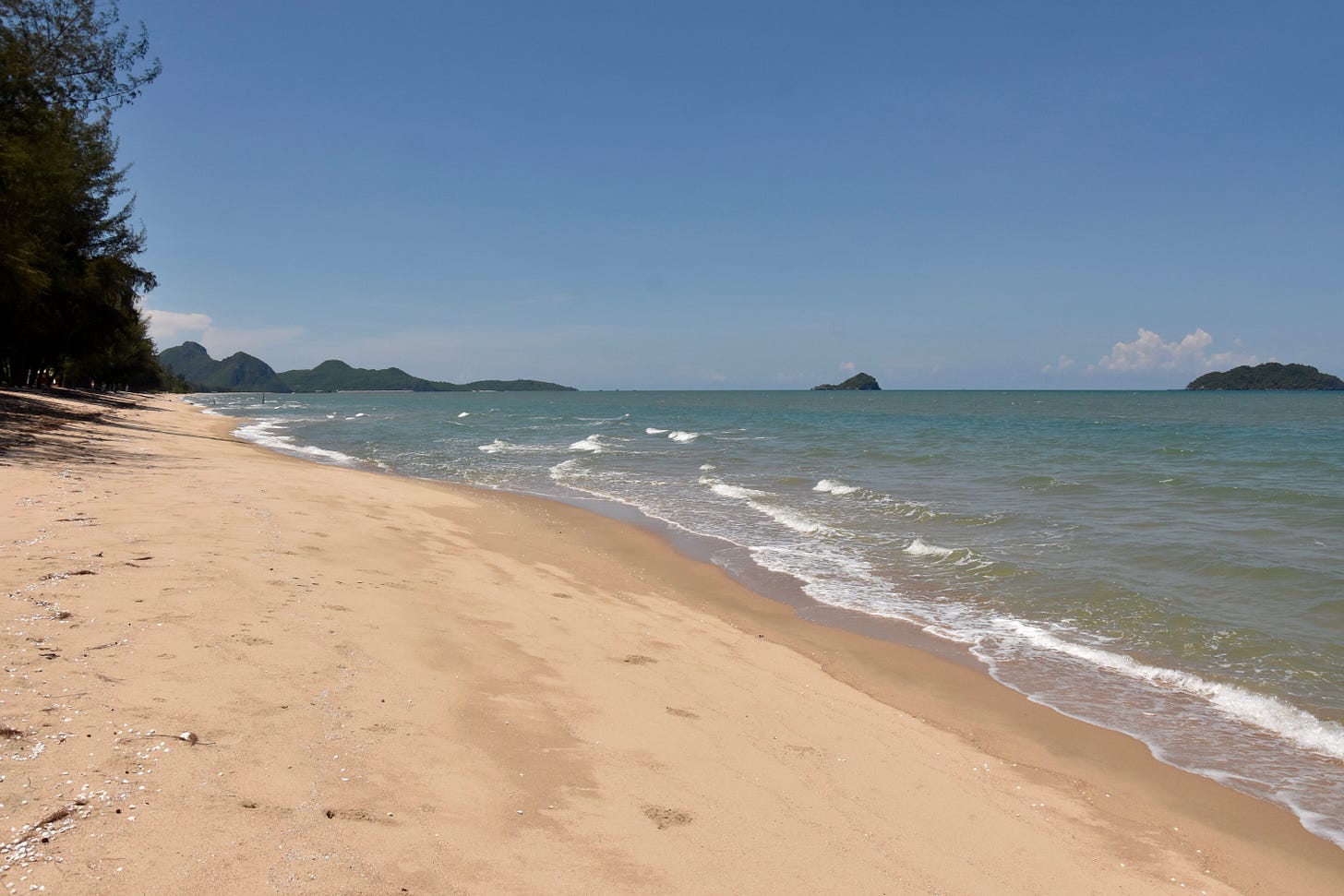
The Waghor expedition
Throughout his reign, Mongkut “repudiated his fellow elite — senior monks, the patriarch, even his cousin, the previous king, for their ignorance regarding the earth and the sky.” Though committed to Buddhist/Hindu religious beliefs, he sought to divorce celestial calculation from the superstition that had been taken for granted in Siam for centuries. In the mid 1800s, this was highly controversial.
“In his view, the celestial phenomena had no effect on human affairs. This idea was certainly different from the notions entertained by his contemporary astrologers. Twice in 1858 and 1862 when comets came, he warned against rumors of epidemics, disasters, wars, or bad omens. The same comet, he argued, had been seen in Europe before and thus was not a specific omen for Bangkok.”
The confrontation between Mongkut and the Siamese astrological establishment intensified as the eclipse of 1868 approached. Only one total solar eclipse had ever been recorded in Siam’s traditional astrological record, and royal court astrologers disagreed with Mongkut’s calculations. Relying on old astrological texts rather than the more recently introduced methodology from the West, they predicted only a partial eclipse and challenged Mongkut on the details.
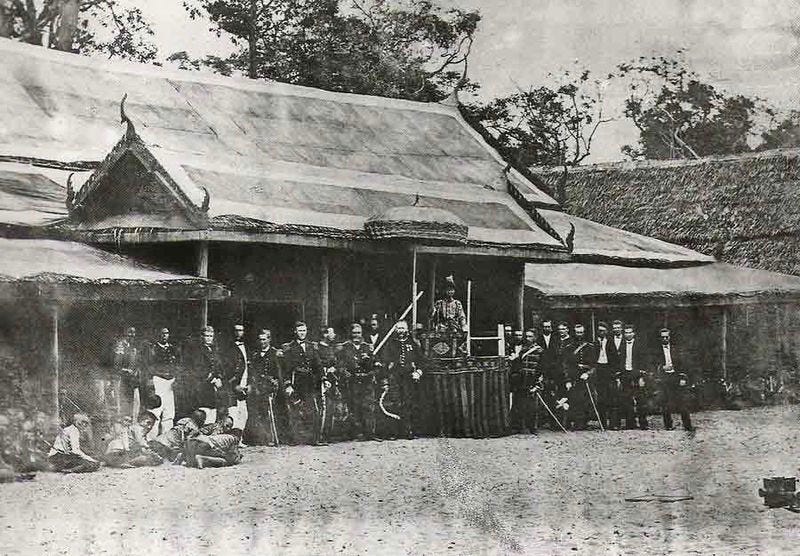
Mongkut was so confident in his forecast that he invited entourages of British and French officials to join his own large retinue on the Waghor expedition. Pavilions and cabins were assembled along the beach. Slabs of ice, a novelty at the time, were carted in to cool Mongkut and his guests in the rainy season humidity. Thongchai describes it as “an international astronomical observation, perhaps the only one on such a majestic scale ever organized in this region.”
The sky was overcast when the day of the eclipse arrived, which will come as no surprise to anyone who has spent much time in Prachuap in August. Clouds blocked the sun all day and by afternoon it appeared that the expedition would provide no conclusive evidence of which side of the debate was correct.
“But suddenly, just as the eclipse began the sky cleared and the full eclipse was witnessed by everyone present.”
The total solar eclipse unfolded exactly as Mongkut had predicted, down to the detail. Afterwards, as European observers fiddled with their instruments, Mongkut displayed his commitment to indigenous spirituality by making offerings to deities in gratitude for the “miracle” of a clearing sky at just the right moment.
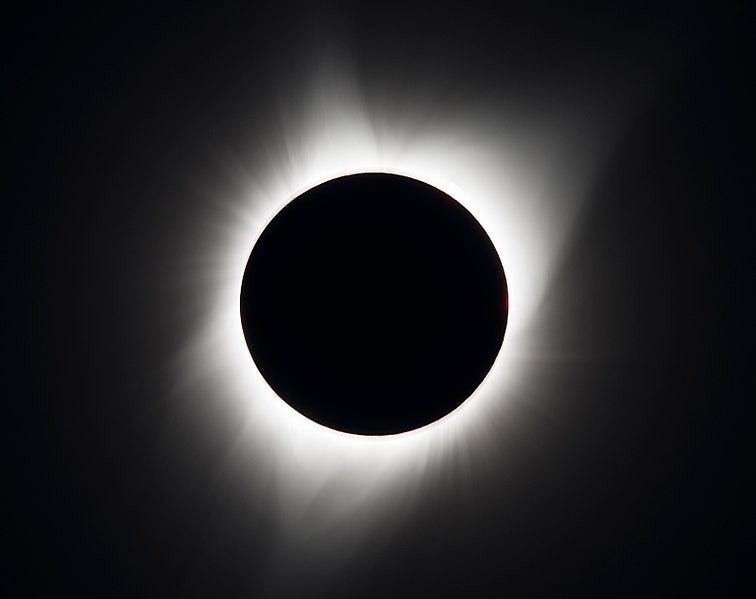
Victory and sacrifice
For the prominent astrologers and others who doubted Mongkut’s calculations, the Waghor observation “was a painful, disruptive moment of the confrontation of knowledge.” Mongkut drove his victory home by sentencing some of those who had challenged his forecast to a day of hard labor and eight days in prison, a serious loss of face for astrologers who had claimed celestial expertise for themselves.
Mongkut’s accuracy was a decisive and momentous win for modern, evidence-based science in Siam, but it came at the ultimate cost. Both Mongkut and his 15-year-old son and heir, Chulalongkorn, contracted malaria during the Waghor expedition, and both became gravely ill after returning to Bangkok. Mongkut died only six weeks after the day of the eclipse, on October 1st, 1868, at the age of 64.
Still, the Waghor trip may have been worth this sacrifice.
Chulalongkorn recovered and relied on wisdom handed down from his father during his 42-year reign as king, a period in which Siam abolished slavery, built its first railroads, advanced in medicine and other sciences, and preserved its sovereignty at the height of colonialism in Southeast Asia. Chulalongkorn is credited with modernizing the country, but Mongkut paved the way.
Respect for science in modern Thai society is Mongkut’s legacy — and it came in handy when cooperation from the public was crucial to squashing outbreaks of the Covid-19 virus earlier this year. Thai astrologers are still around, and still very popular, but they have been relying on accurate astronomical calculations ever since the Waghor observation put the old astrological school to shame.
As for Waghor Beach, the thatch-roofed pavilions built for the 1868 observation fell into disrepair, and the site became just another expanse of coastal sand for more than a century. In 1994, authorities revitalized the site by opening an aquarium and astronomy museum as part of the King Mongkut Science Park. It now attracts school field trips and travelers with an interest in both history and science.
At the center of the complex sits a statue of Mongkut facing forward to the Gulf of Thailand. A telescope is propped at his side. 🌴
Getting there: Located 12 km southwest of Prachuap Khiri Khan town, Hat Waghor is still a quiet locale with no development apart from the museums and a train station that’s only used on special occasions. Take Highway 1041 south out of Prachuap town and you’ll see signs for the turn off on the left. The aquarium and museums are open daily, 9:00 A.M. to 4:00 P.M.
Source: Siam Mapped: A History of the Geo-body of a Nation by Thongchai Winichakul for the University of Hawai’i Press / Silkworm Books, first published 1994.





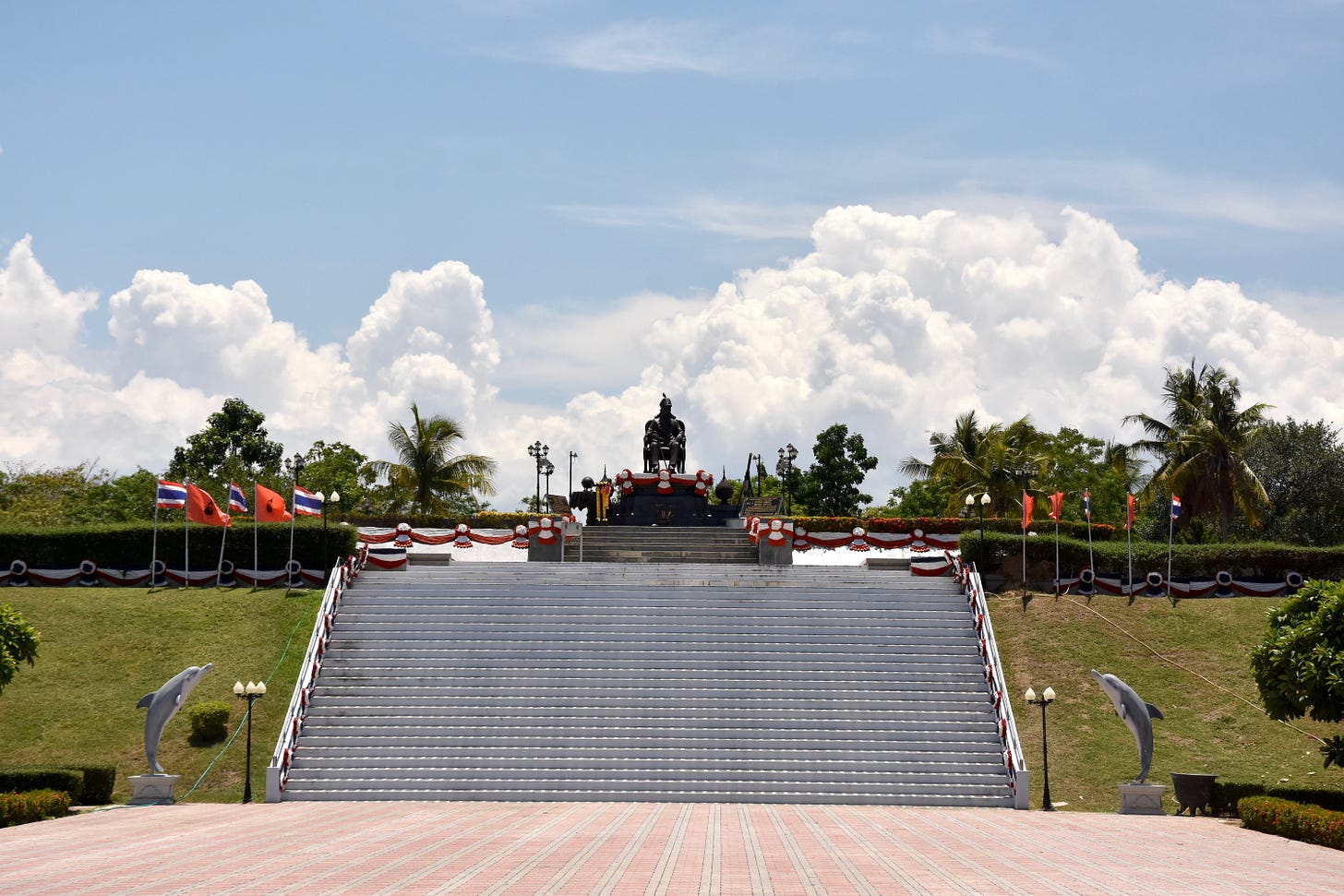
Thanks, David. I stopped through the science park on my last trip to Prachuap town. I wish I had this information then to better enjoy the context of the visit. Cheers.
A wonderful story - and, as with all wonderful stories, suffused with a touch of sadness. Thank you for sharing this piece of history with us.